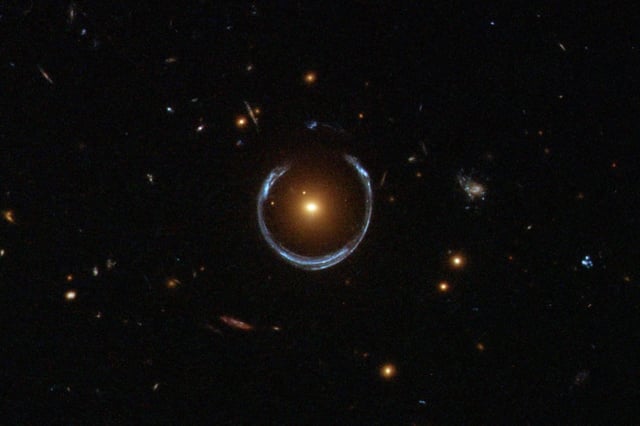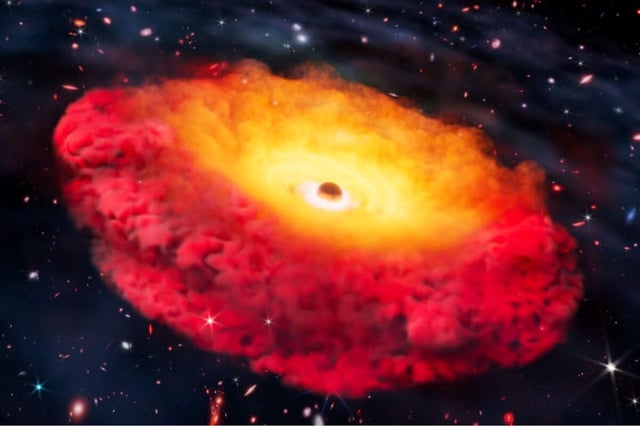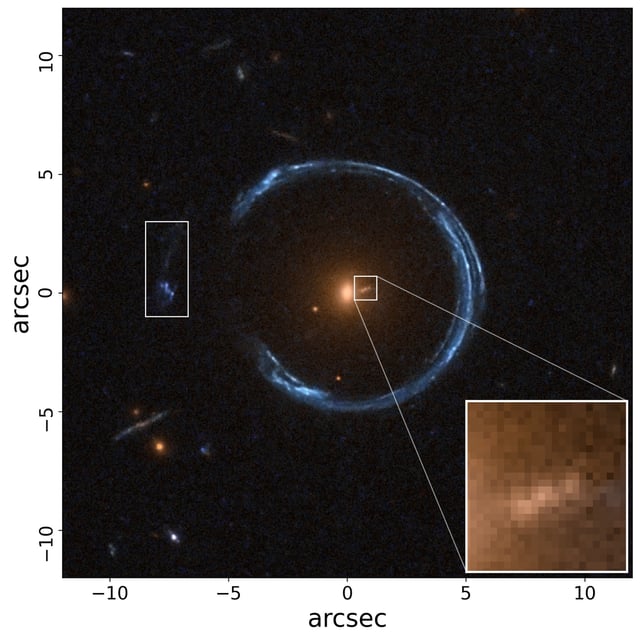Overview
- A team from The University of Texas at Austin used JWST CAPERS prism spectroscopy to confirm a 300-million-solar-mass black hole in galaxy CAPERS-LRD-z9 at redshift 9.288, just 500 million years after the Big Bang.
- Researchers from the University of Portsmouth and UFRGS detected a dormant ultramassive black hole weighing 36 billion solar masses at the core of the Cosmic Horseshoe galaxy using gravitational lensing paired with stellar kinematics.
- The combined lensing-and-stellar-dynamics approach provides a gold-standard mass measurement for non-accreting black holes that are invisible to traditional spectroscopic surveys.
- The unprecedented mass and timing of these discoveries challenge standard formation models by implying either exceptionally rapid early growth or the existence of much heavier initial seeds.
- Follow-up observations with JWST and ESA’s Euclid mission are planned to extend searches for hidden giants and refine theories of black hole seeding and co-evolution with host galaxies.



